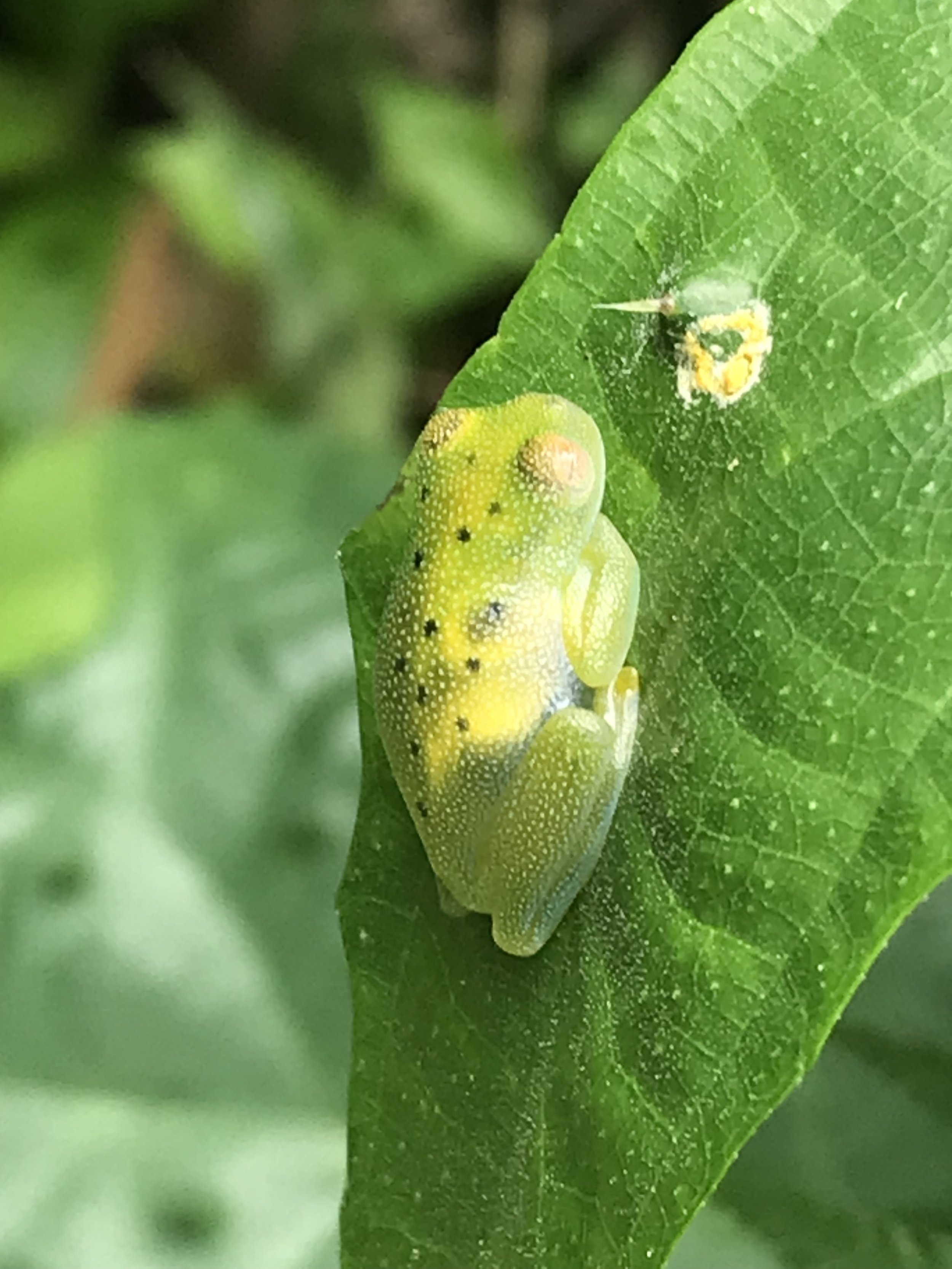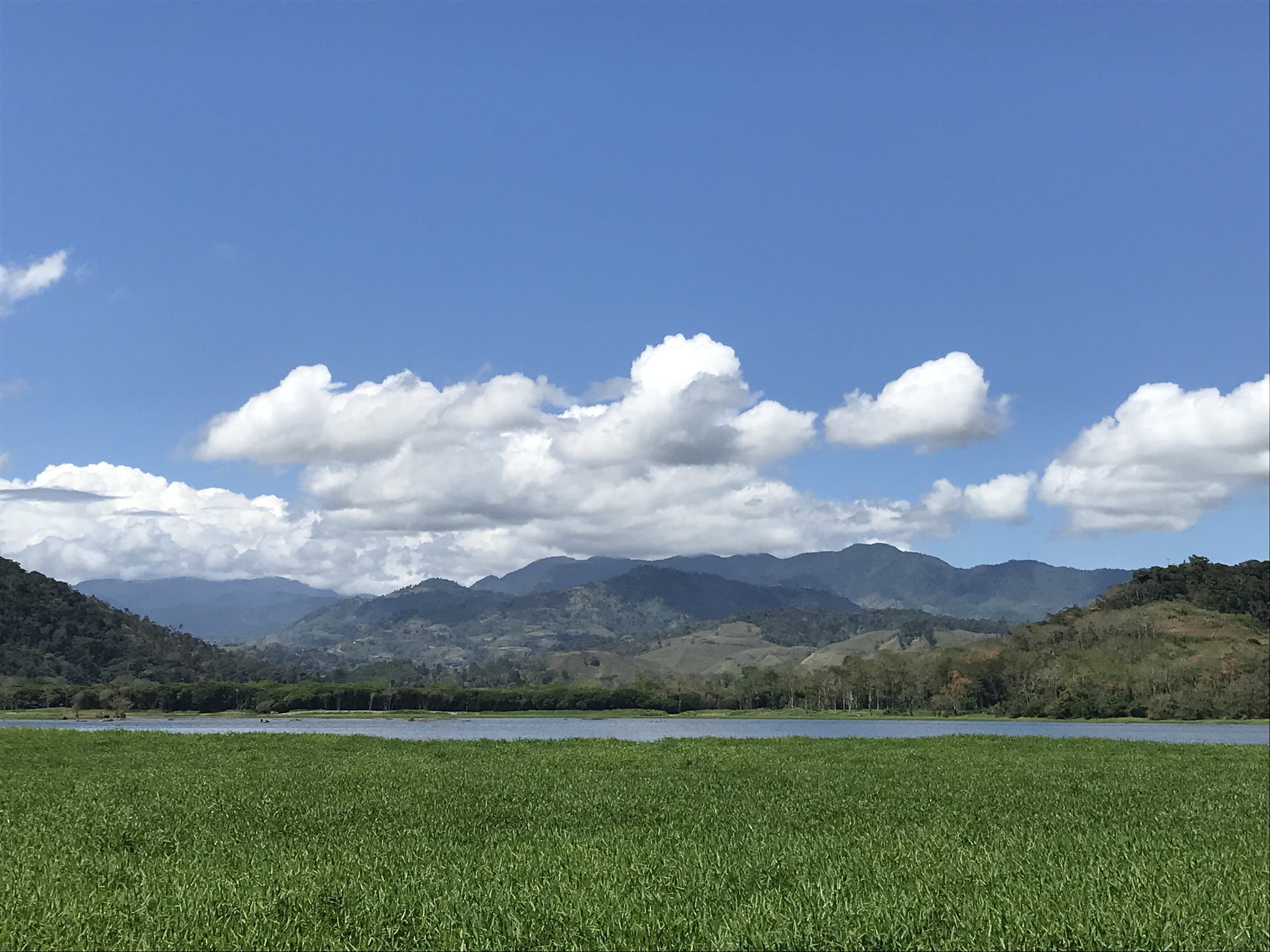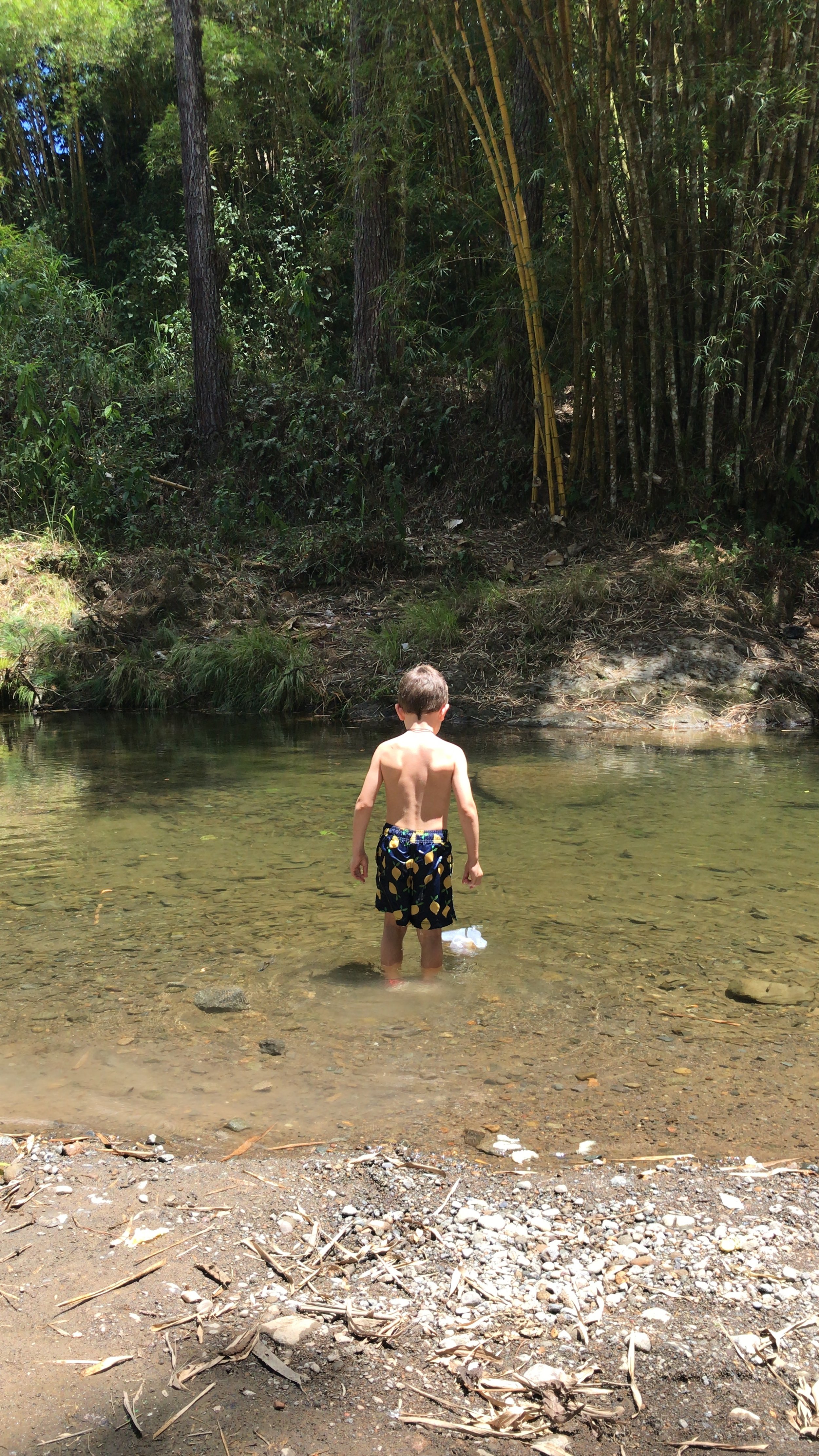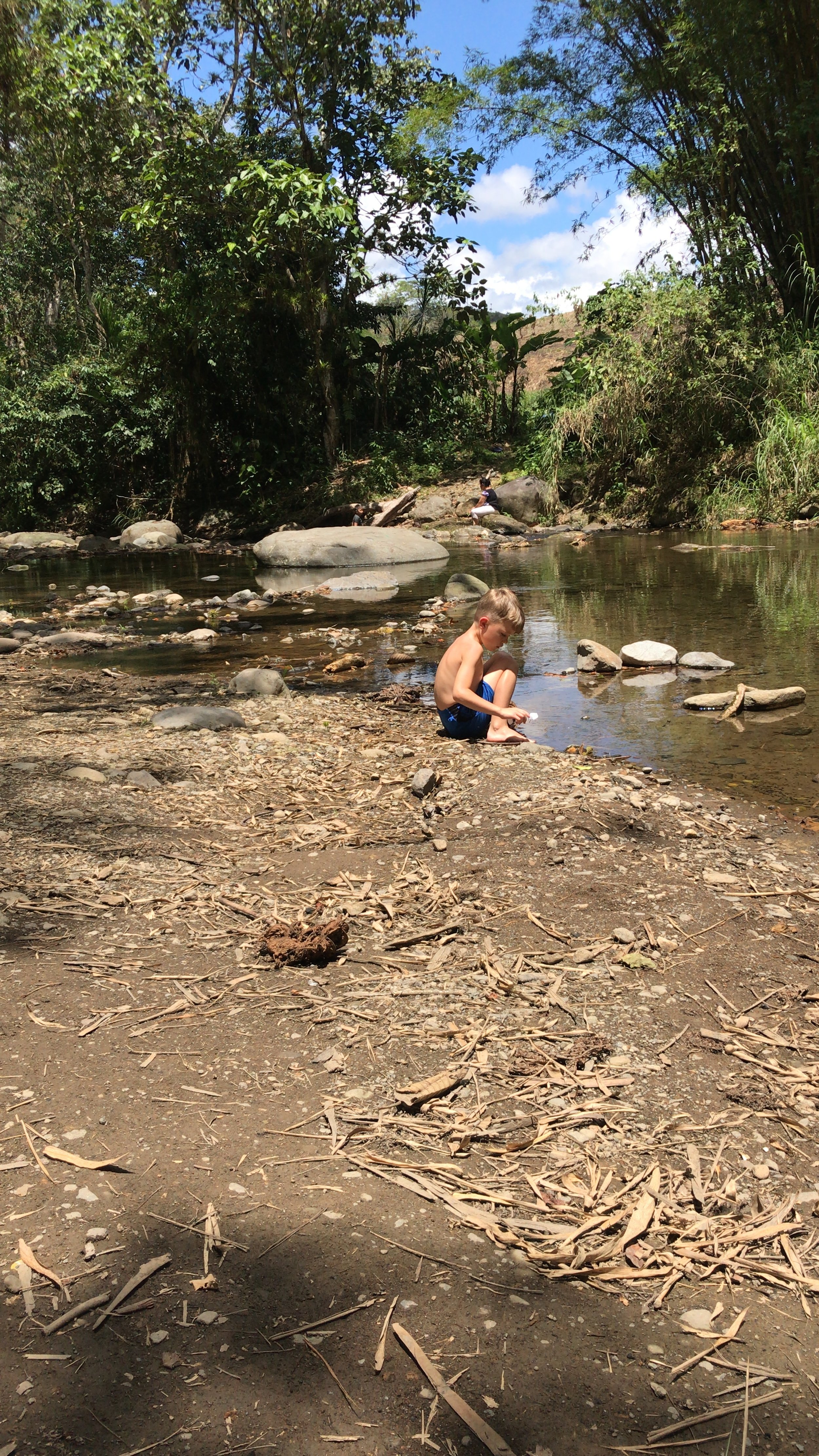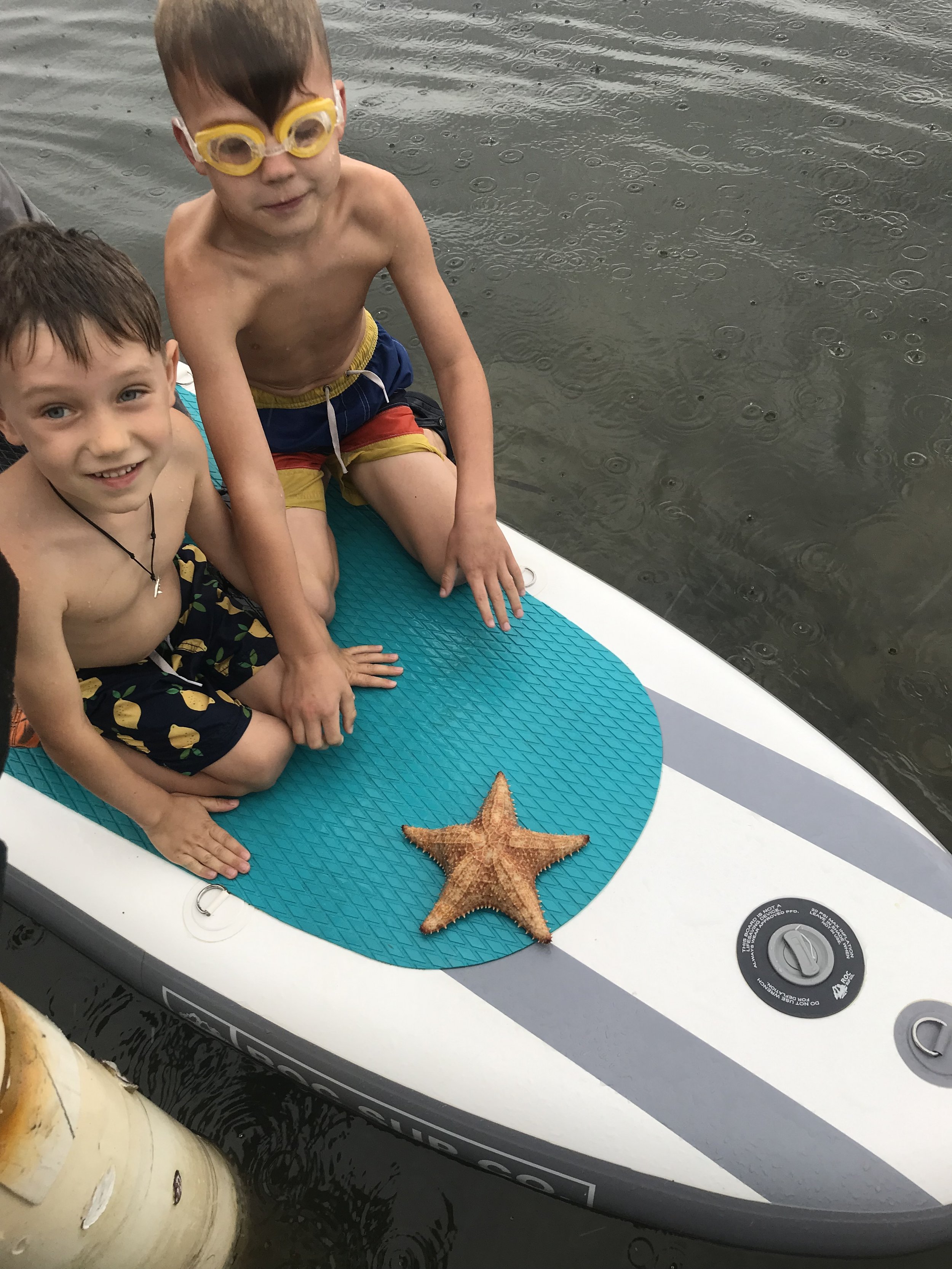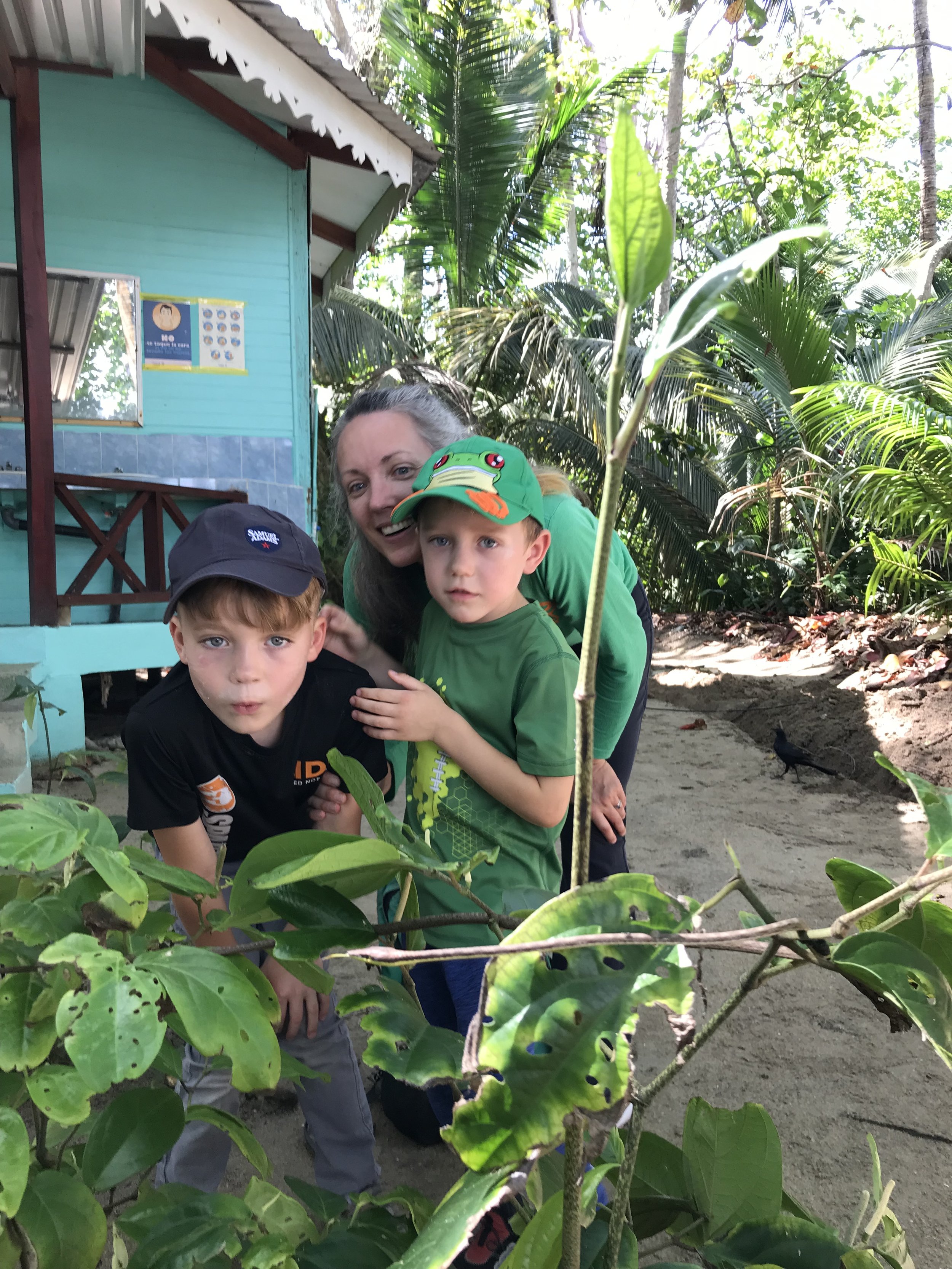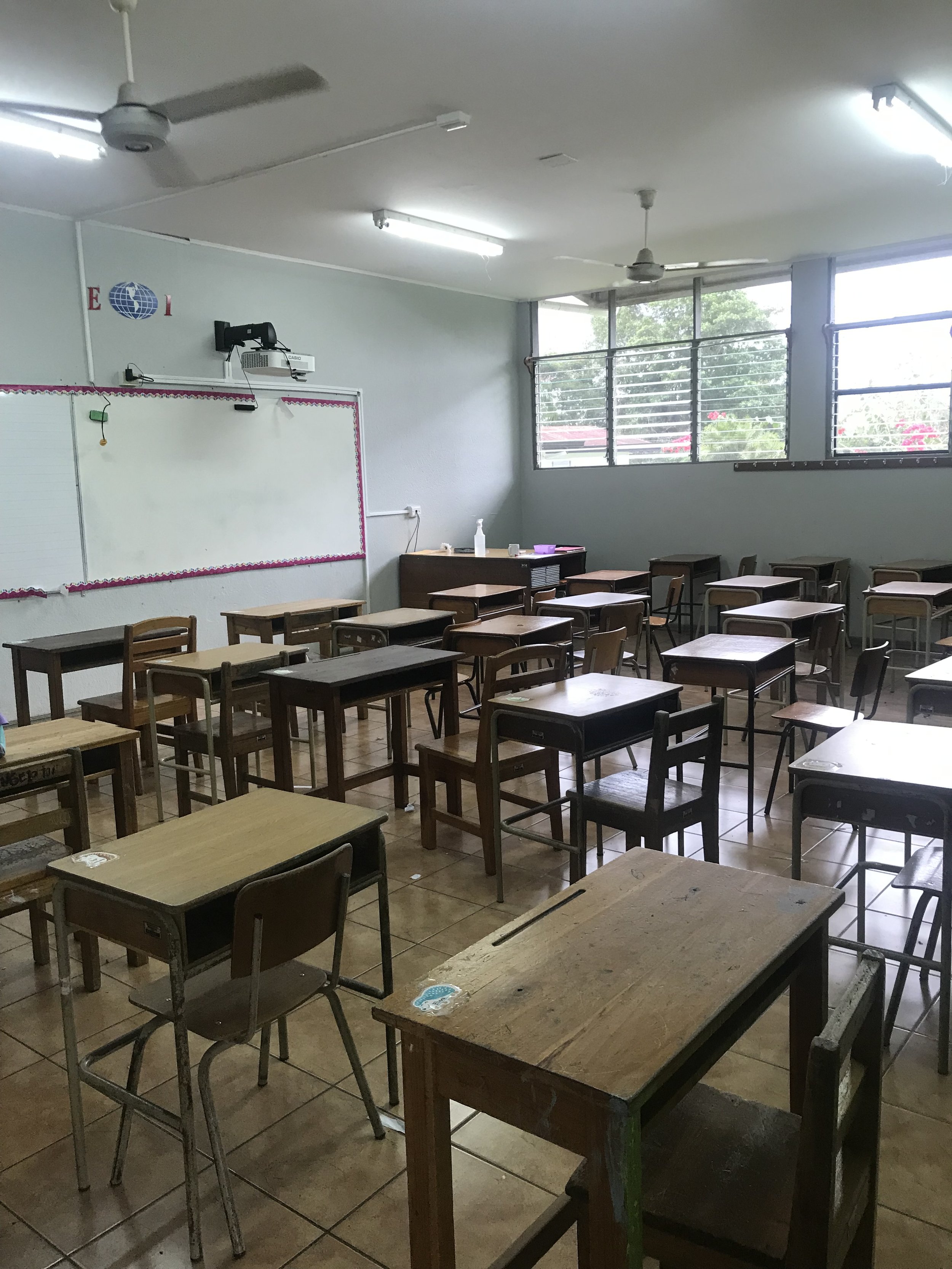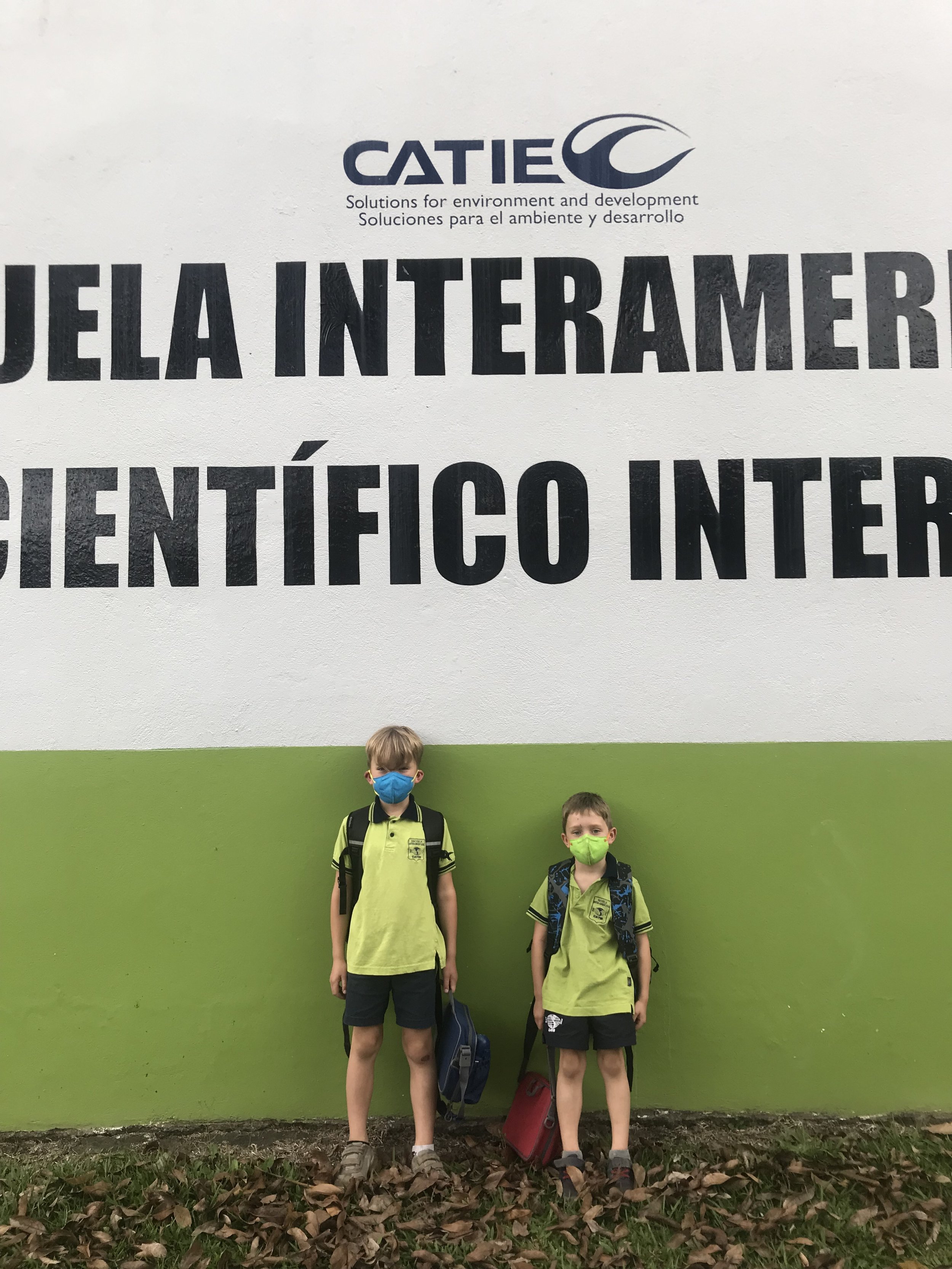Climate Change from Costa Rica
Written by Katie Modic
I recall my interview with Communitopia back in 2018. Our family had recently moved to Pittsburgh from Iowa via Costa Rica, where we had spent a 5-month chapter in between. This was a boomerang move for my husband as he’s originally from Pittsburgh and the first time I would call PA my home. During the interview, then board president Joylette Portlock and board member Eser Yilmaz asked me about environmental impacts local to Southwestern PA. I recall citing fracking, petrochemical development, air quality issues, and the existing inequalities each exacerbates.
Five years later, after dedicating all of my professional talents to developing and eventually leading Communitopia, I reflect on these issues from a local and global lens, as our family is once more embracing Costa Rican residence. Here are my current takeaways -
Trust your lived experience and talk about it with others - The science behind climate change is strong and only getting stronger. We can trust in the science. But, our lived experience is reflective of the science and unites us around this cause. In the region in Costa Rica where our family currently lives, the rainy season typically begins in May. This year, we’ve had record rainfall in April and last July the town of Turrialba had the largest flood on record wiping out many of the properties adjacent to the river. Just like in Pittsburgh, people in the Turrialba region talk about the more intense rainfall, they see and feel the change and intensity in the storms, and they have desires to innovate and adapt. This is the science manifested and it is in OUR HANDS to make the necessary community-led adaptations moving forward.
Know that power is shifting - I have witnessed the strength of the climate movement grow. The Green Jobs report in PA consistently reports increases in green jobs numbers. According to the State of the Land Report, 99% of the energy in Costa Rica in 2019 was generated from renewable sources (67.5% hydropower, 17% wind, 13.5% geothermal, and 0.85% biomass and solar). We are making headway, albeit slowly and not without roadblocks, but this is the only way forward, and all who care must continue to actively contribute!
Keep our heart, our kids, at the center - No matter where I land on this amazing planet, our youth are a universal rallying point. When they are young, we need to model sustainable behaviors and protect them. As they grow more independent, we need to provide them ample opportunity to lead the way. The small tico school where my kids are currently enrolled teaches them about recycling, composting, and eating local foods. The schools with whom Communitopia partners in Pittsburgh are supporting student-led green initiatives from tree plantings to plastic bans. Our kids’ desire for a healthy and sustainable planet is real, noble, and accurate. Fostering this in our next generation must always remain center stage.
Be in AWE - Not surprisingly, best practice for teaching climate change to our little ones (3rd grade and younger) is simply to help them connect to the planet and fall in love with the natural world. Slowing down enough to be awed by the world around us fosters an acute desire to preserve its beauty. Go on…get out there and let yourself be awed!


